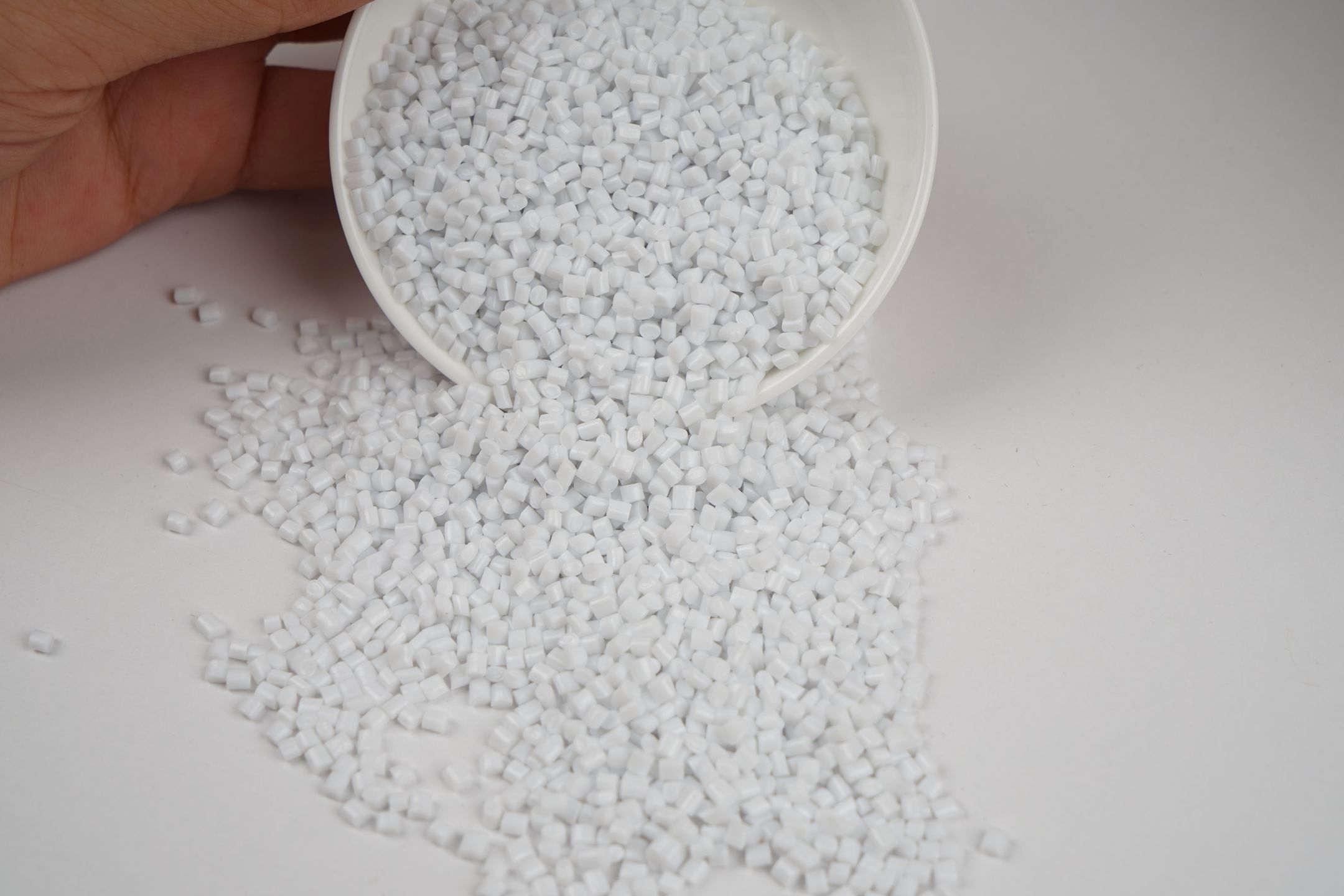
What is PET Material: A New Star in the Plastics Industry
If you are curious about PET(polyethylene terephthalate) plastic material, then you are in the right place! In this blog, we will delve into the fascinating world of PET materials. You may be asking, "What the hell is PET?" Well, PET is no ordinary plastic, it's the superstar of plastics, and I'm about to unravel its mystery.
So, what exactly is PET?
Let's start with the basics. PET stands for "polyethylene terephthalate". Yes, the name sounds a little fancy, but don't be intimidated. We often abbreviate PETE, PETG, APET, PETP, or even PET-P. Just like people call paper towels "Kleenex," PET plastic has other names. You may hear it called “Dacron” in the US, “Terylene” in the UK, and “Lavsan” in Russia.
For science buffs, the chemical formula for PET is (C10H8O4)n. It melts at about 482°F and starts motion at 662°F. But here's the coolest part: PET is like the plastic superhero, and it's not disposable. It's 100 percent recyclable, multifunctional, and designed to be reborn. That's why beverage companies in America use it to make our beverage bottles.
Even the Encyclopaedia Britannica mentions the uniqueness of PET - "PET is the most commonly recycled plastic. PET bottles and containers are often melted and spun into fibers for use in stuffing or carpeting. When collected in a sufficiently pure state, PET can be recycled for its original use, methods have been developed to break down the polymer into its chemical precursors for resynthesis into PET. The recycling code number for PET is #1."
What superpowers does PET have?
The various characteristics of PET materials make them favored in many fields of application. In appearance, the PET material is transparent and clear. Its flexibility allows it to bend somewhat, yet is exceptionally strong and won't tear easily. This lightweight material can be easily shaped in the molten state, like a magician who can change into different shapes.
Just look at those bottles around you. Mineral water, shampoo, soda bottles, and plastic cups have, you guessed it, PET in them. But it does much more than that. PET is also showing its talents in the fashion field! Ever heard of polyester fiber? That's right, PET is the secret weapon to making your clothes both comfortable and stylish.
And there's more, PET isn't just limited to bottles and threads. Imagine it being used in microwaveable containers, condiment bottles, vitamin jars, and even solar panel laminates. It could also find applications in car wiper arms, hoods, and headlight mounts. In fact, it is one of the most valuable plastic materials.
Is PET material recyclable?
That's right, PET material is 100% recyclable. In fact, PET material is the most commonly recycled type of plastic worldwide. It is easy to clean and melt, and can be used to produce low-grade products, or it can be hydrolyzed into monomers, purified and repolymerized into new food-grade PET materials. Of course, PET material can also be recycled by converting it into polyester textiles.
As of 2017, about 29.2% of PET materials in the United States were recycled and reused. If you want to recycle PET yourself, just look for the number 1 with consecutive arrows inside to confirm it is PET material.
While recycling is the preferred method of disposing of PET material, it is also safe to landfill. It will not decompose by itself, so it will not pollute the surrounding environment. However, Japanese scientists did recently discover a bacterium that can rapidly decompose PET material.
How PET is Made?
Now, let's go back a bit. In the 1940s, the British Calico Printers Association concocted PET in their laboratories. They are the unsung heroes behind this plastic magic. Fast-forward to the 1950s, and the efforts of Doben scientists brought PET to North America. By the 1970s, the era of plastic bottles had arrived!
The manufacture of PET materials is a chemical art. It is derived from the polymerization of terephthalic acid and ethylene glycol. The two raw materials are heated together under low vacuum pressure with the help of a catalyst to produce molten PET material. As the liquid becomes thicker, the polymer chains gradually grow. The reaction is stopped when the desired polymer chain length is reached.
This creates filaments of PET, which are extruded and cooled. The filaments are then cut into pellets, which can be remelted and stretched in subsequent processes to create the desired material.

